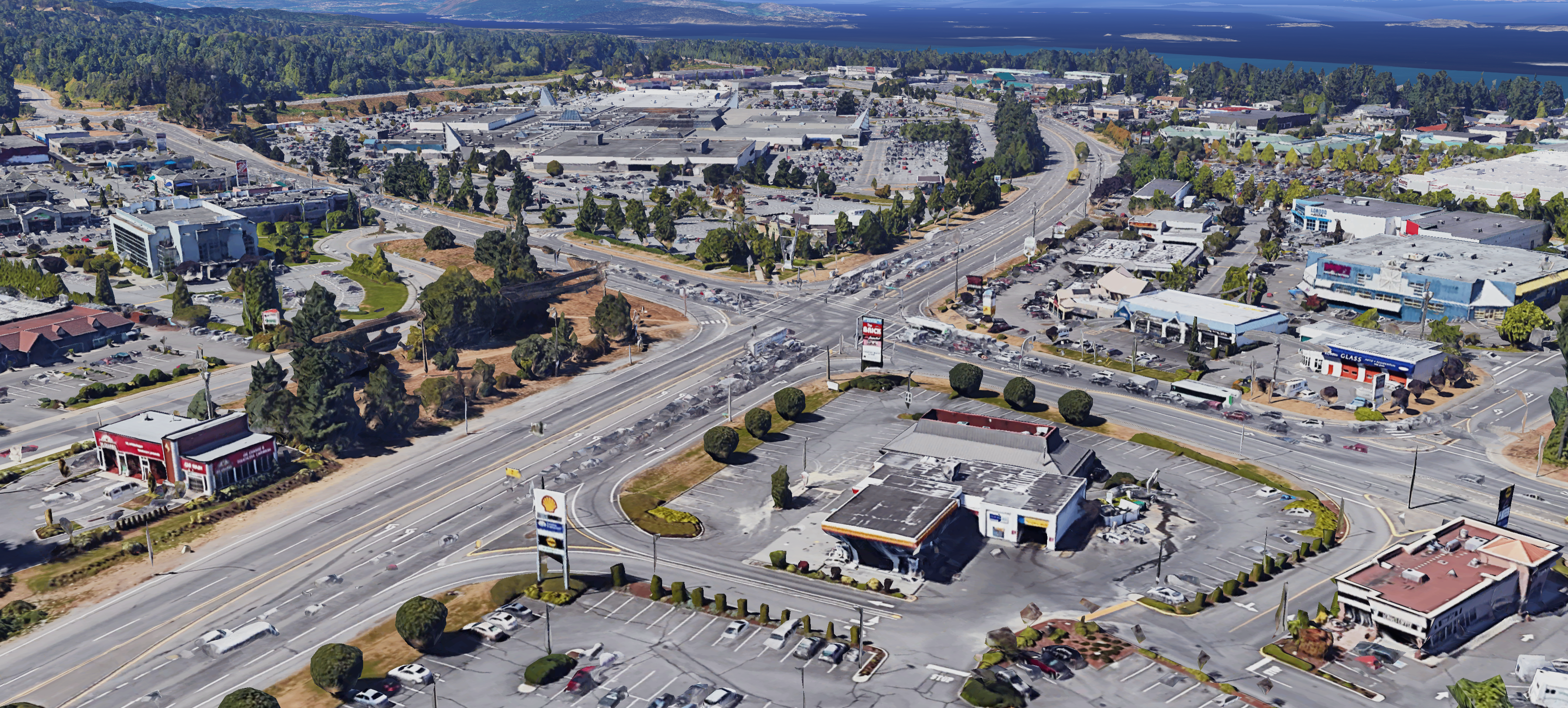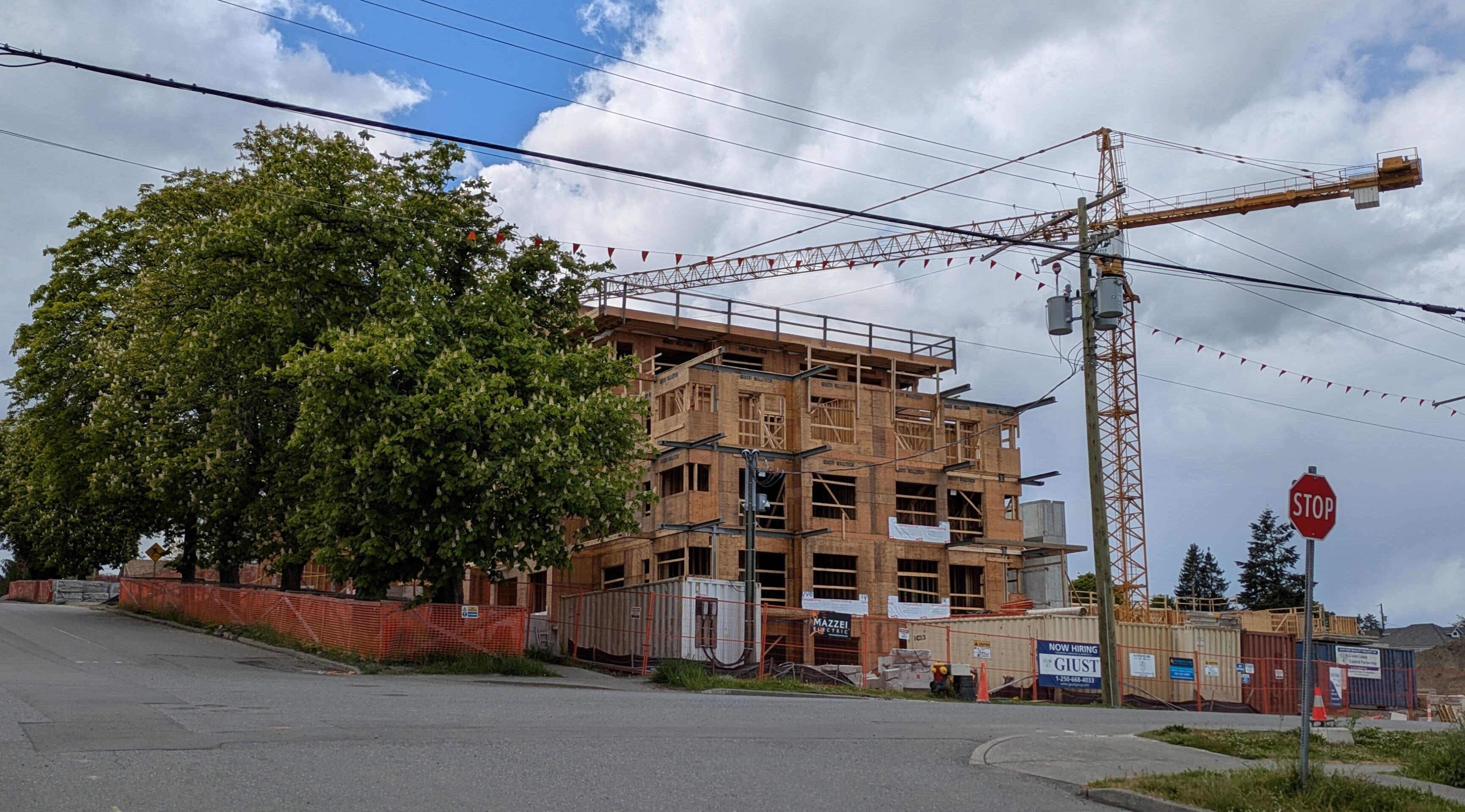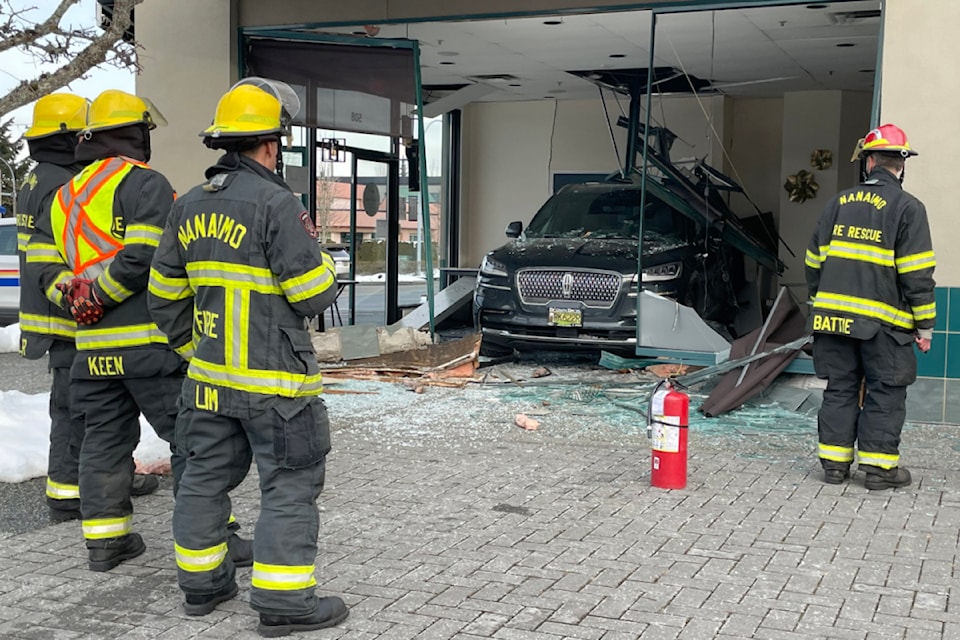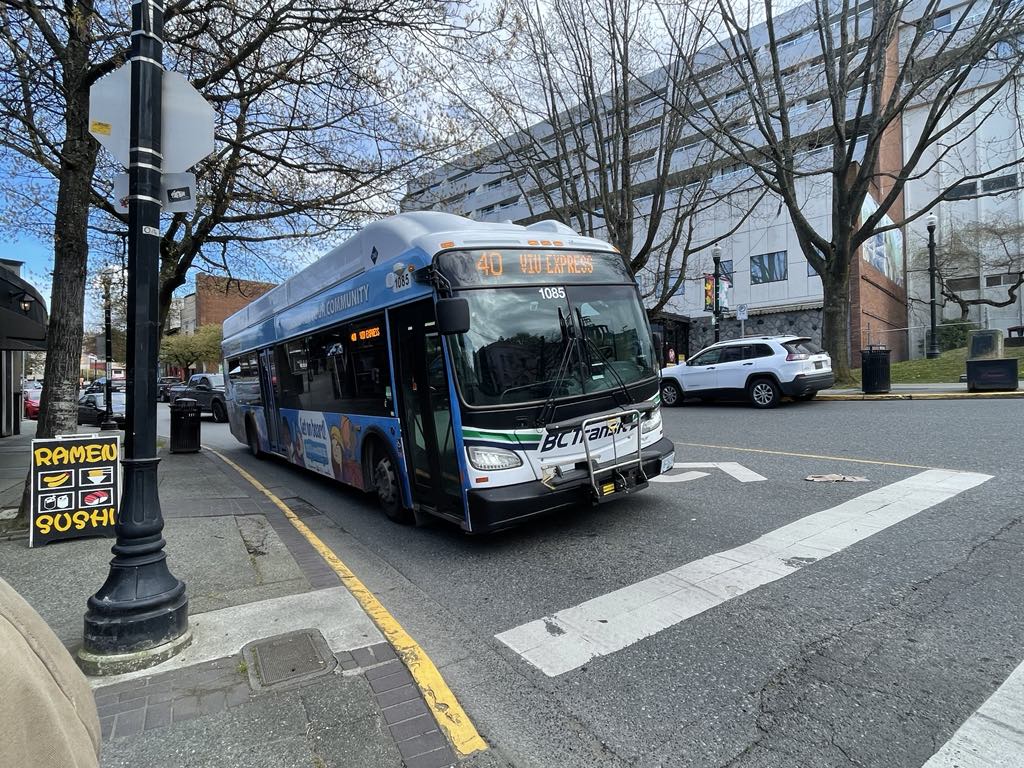In response to the recent op-ed on Terminal Avenue in the newspaper, we would like to present a different perspective on the changes happening Downtown. While concerns about traffic and business impacts are understandable, they come from a lack of understanding business and traffic dynamics. The recent modifications aim to create a safer, more vibrant, and economically resilient downtown for everyone. Narrowing lanes and adding features like center boulevards with trees and improved sidewalks are proven methods to enhance road safety. Studies consistently show that narrower lanes can reduce vehicle speeds and accidents, making streets safer for all users, including drivers, pedestrians, and cyclists (Strong Towns Nanaimo). This is not about stifling traffic but about creating a balanced environment where various modes of transportation can coexist safely.
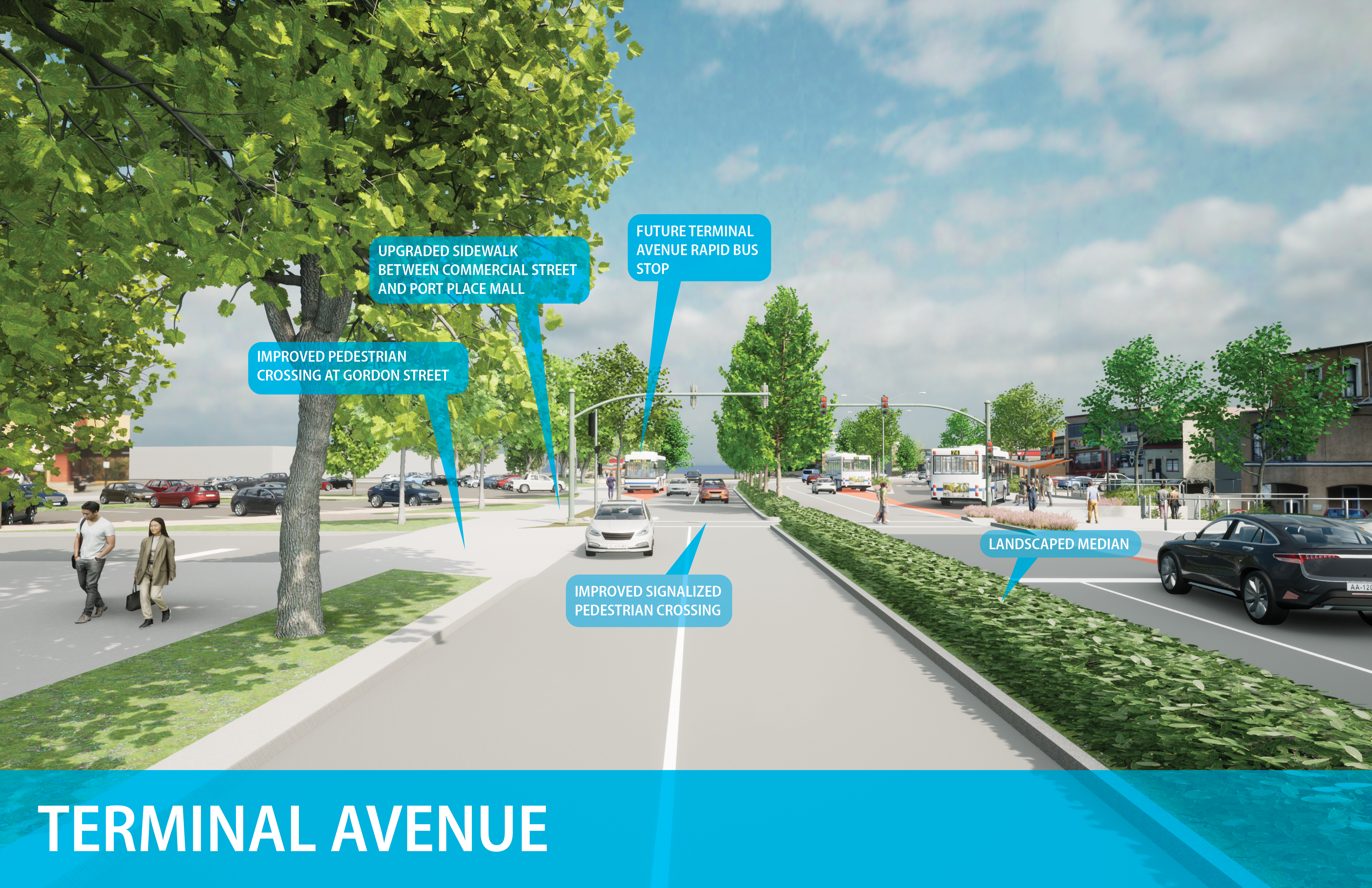 Rendering Of Terminal Avenue After Construction Concludes Later This Year (City Of Nanaimo)
Rendering Of Terminal Avenue After Construction Concludes Later This Year (City Of Nanaimo)
Contrary to the belief that these changes drive businesses away, urban design improvements usually attract more foot traffic and boost local economies. Walkable and bike-friendly areas tend to see increased retail activity as they become more pleasant places to visit and shop (Strong Towns Nanaimo). Successful examples from other cities demonstrate that investing in pedestrian-friendly infrastructure can lead to economic revitalization and increased property values. By encouraging alternate modes of transportation, such as walking and cycling, we also address larger issues like environmental sustainability and public health. Reducing our dependence on cars helps lower emissions and fosters a healthier community. This is particularly crucial as cities worldwide face the urgent need to combat climate change.


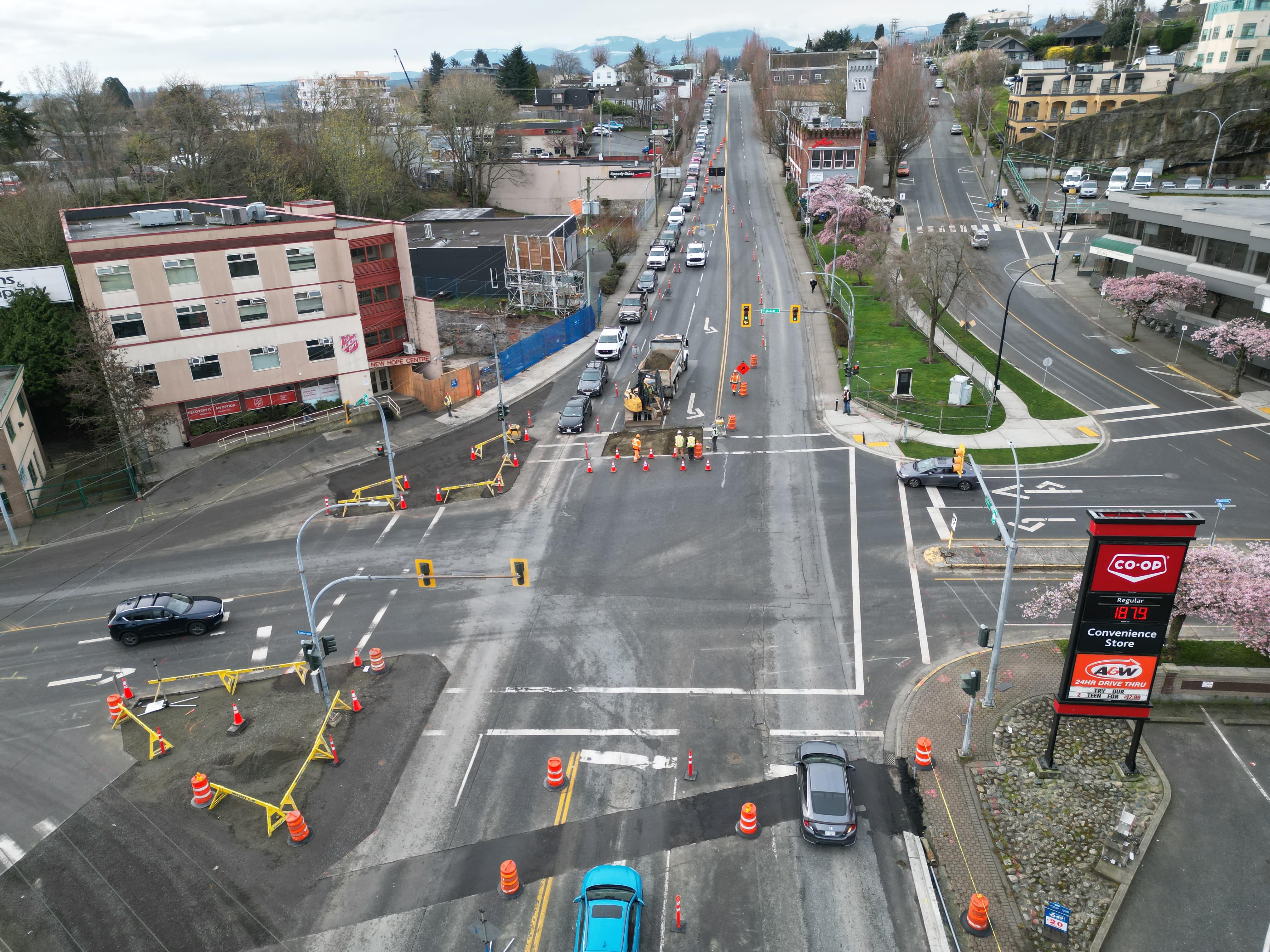
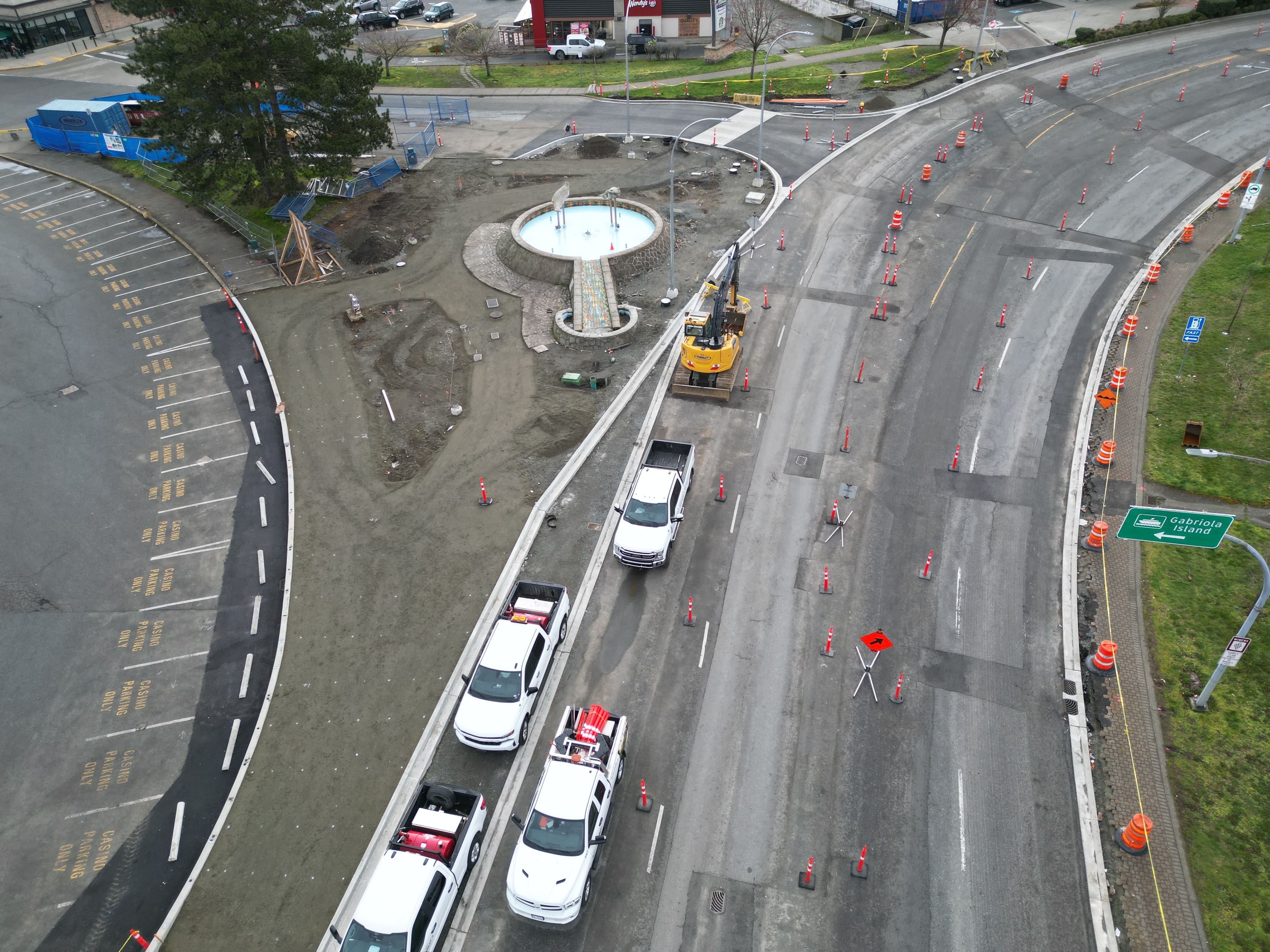

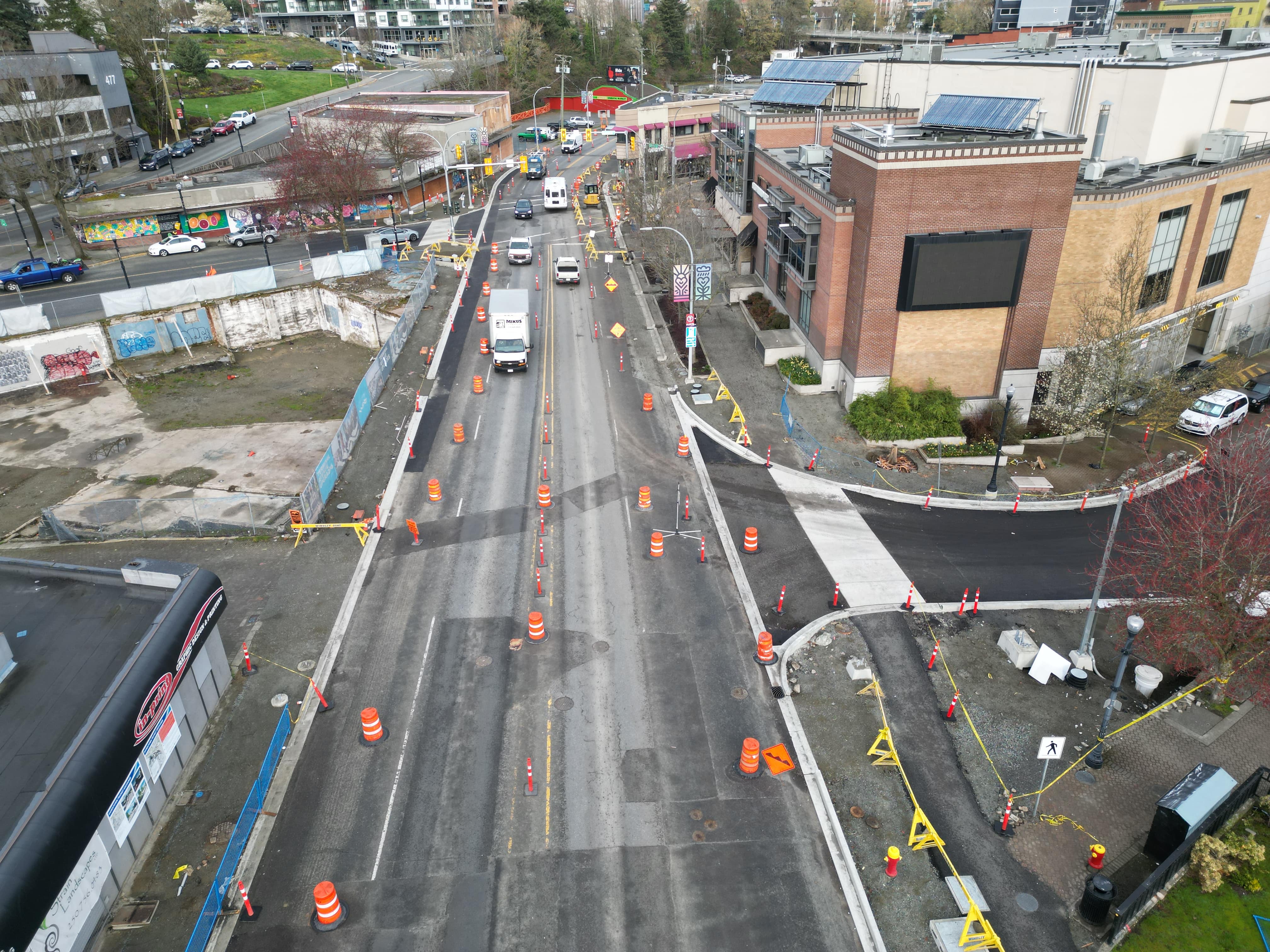

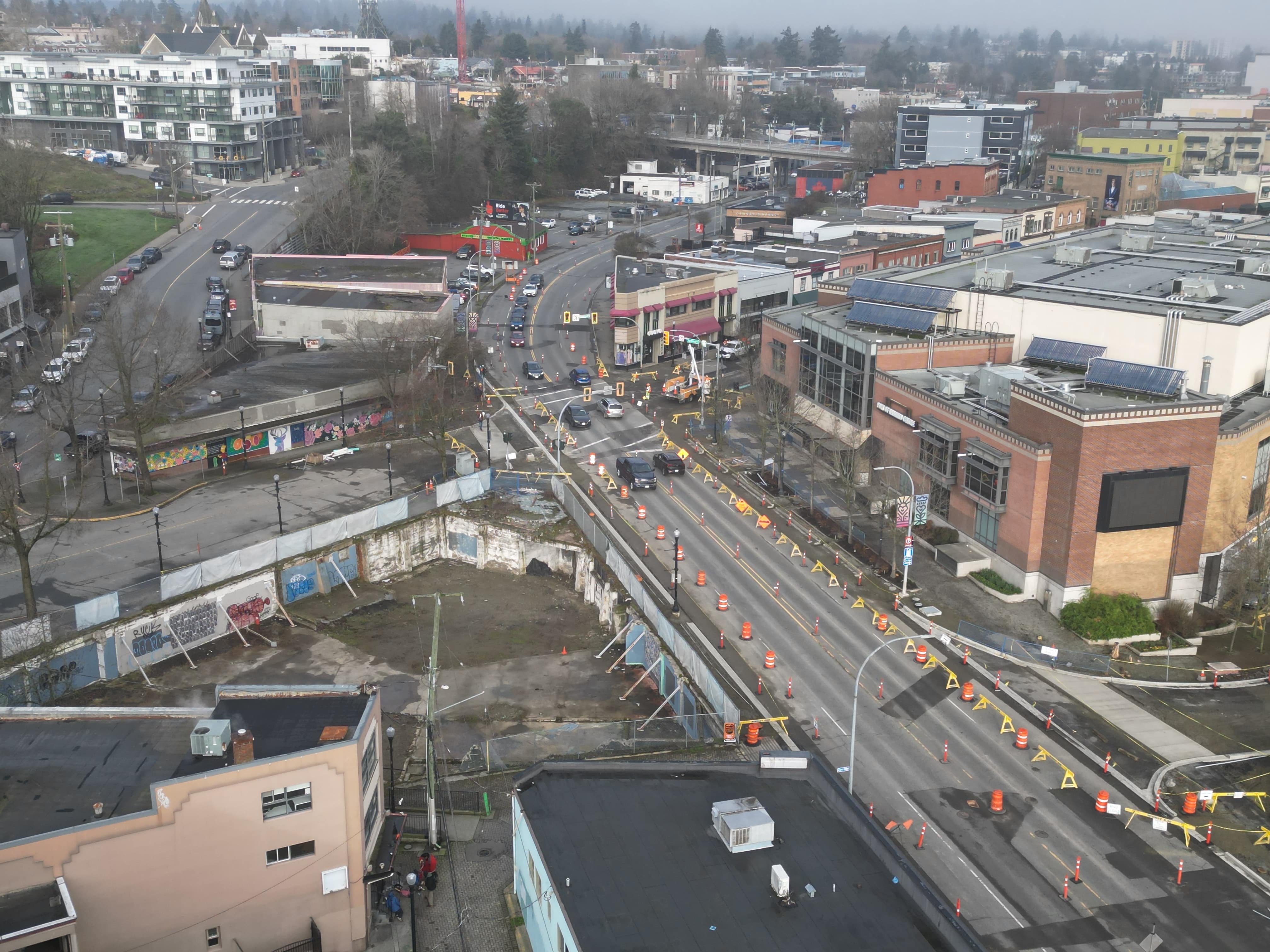
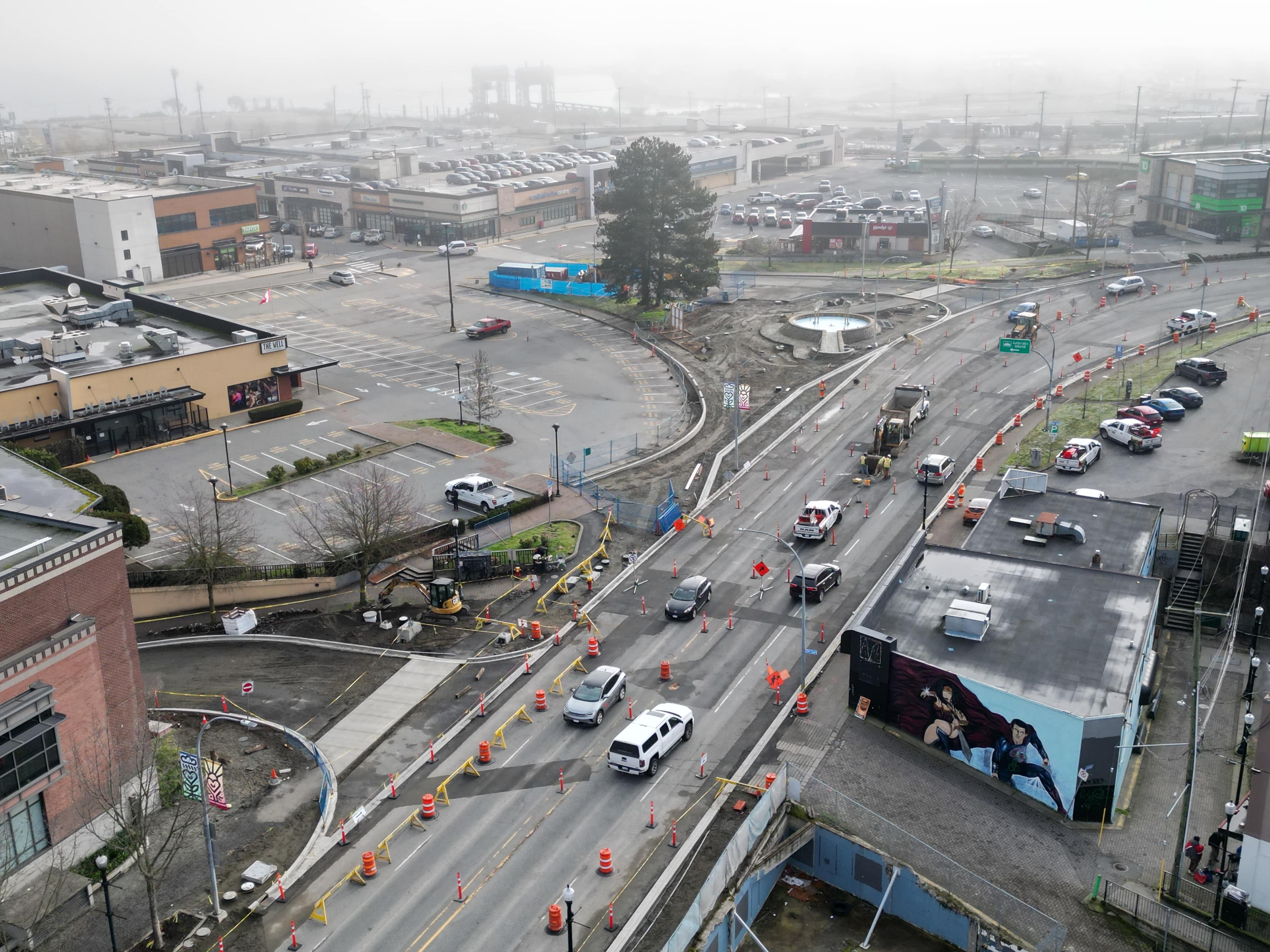

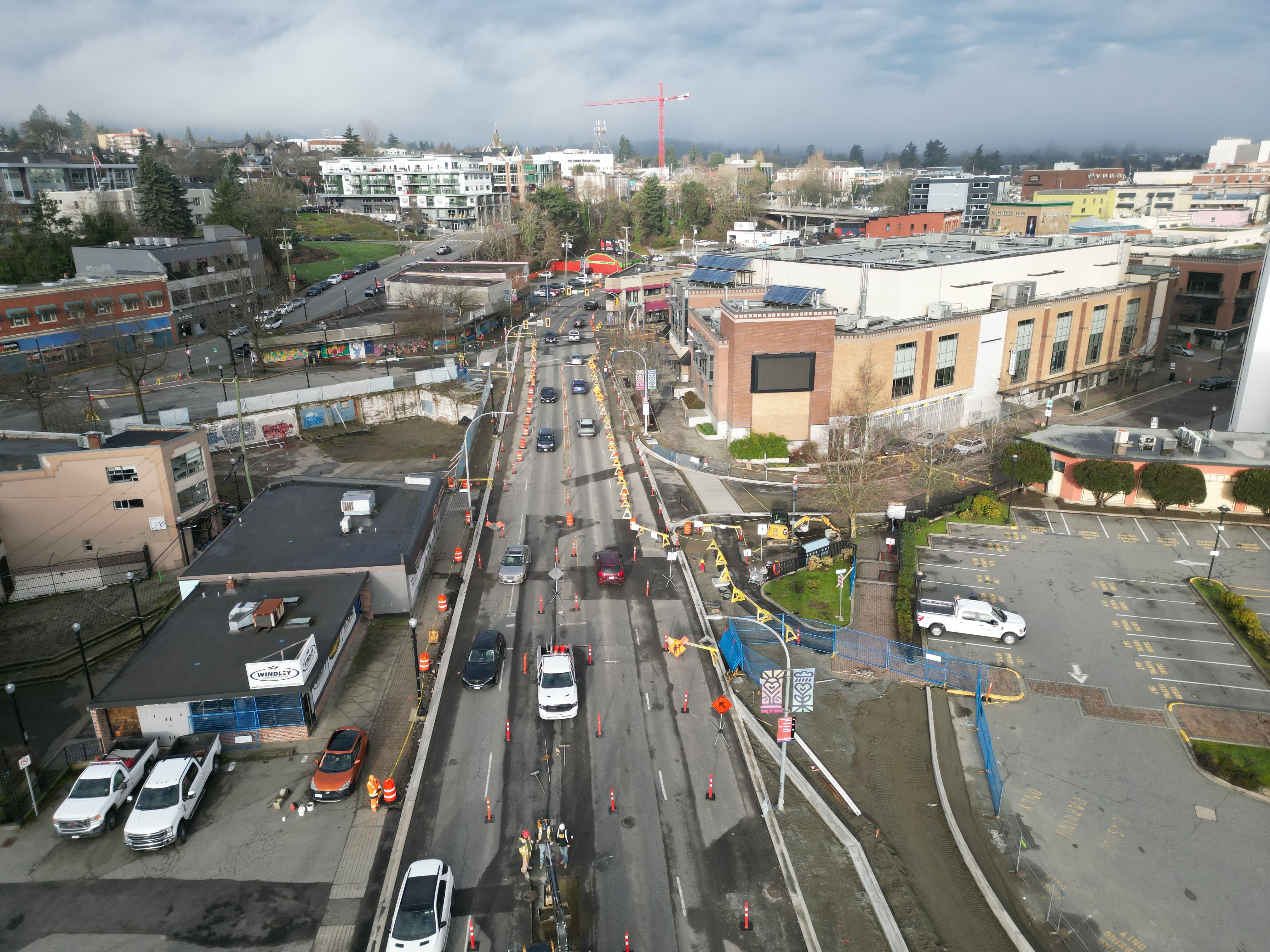
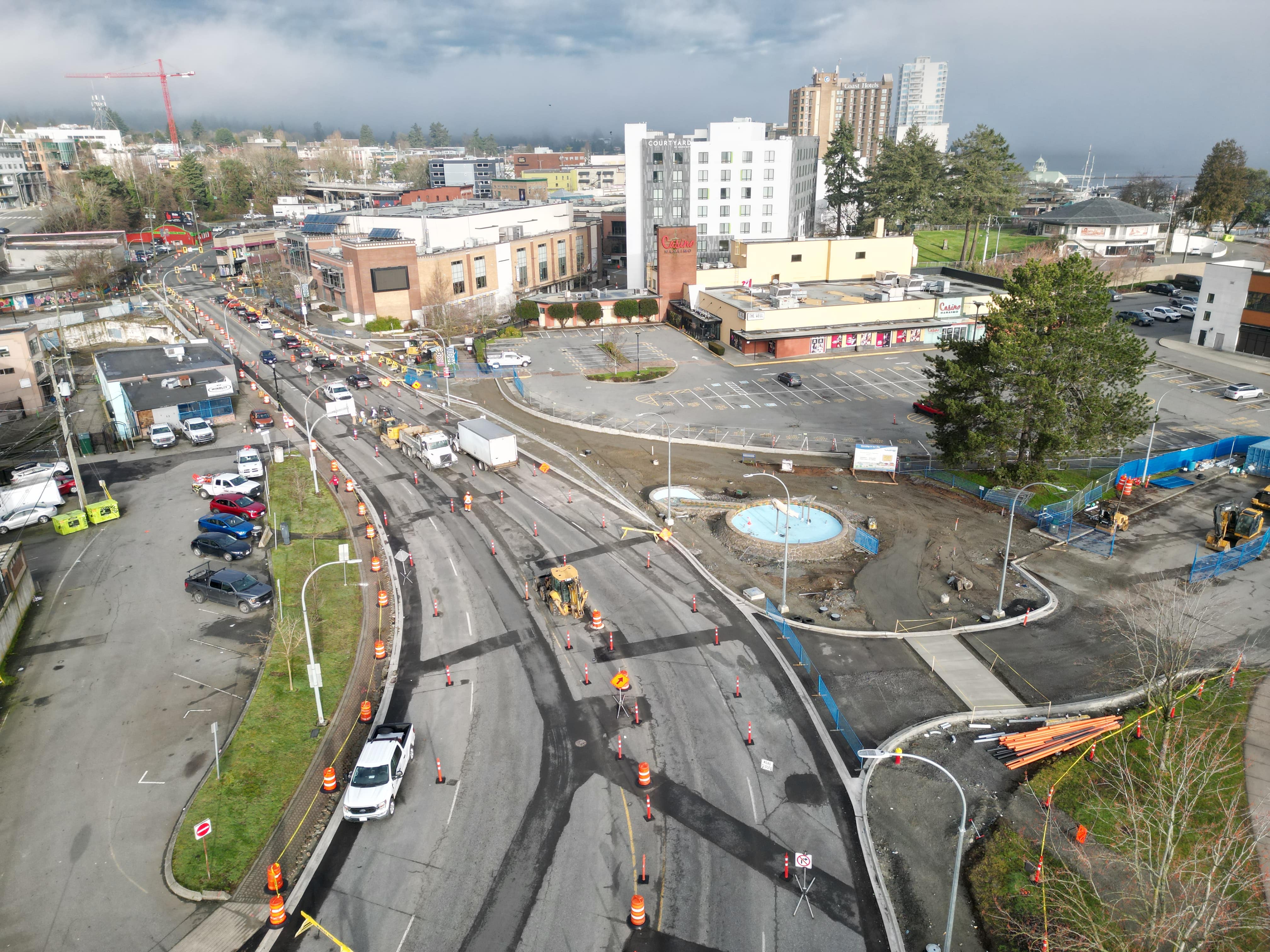
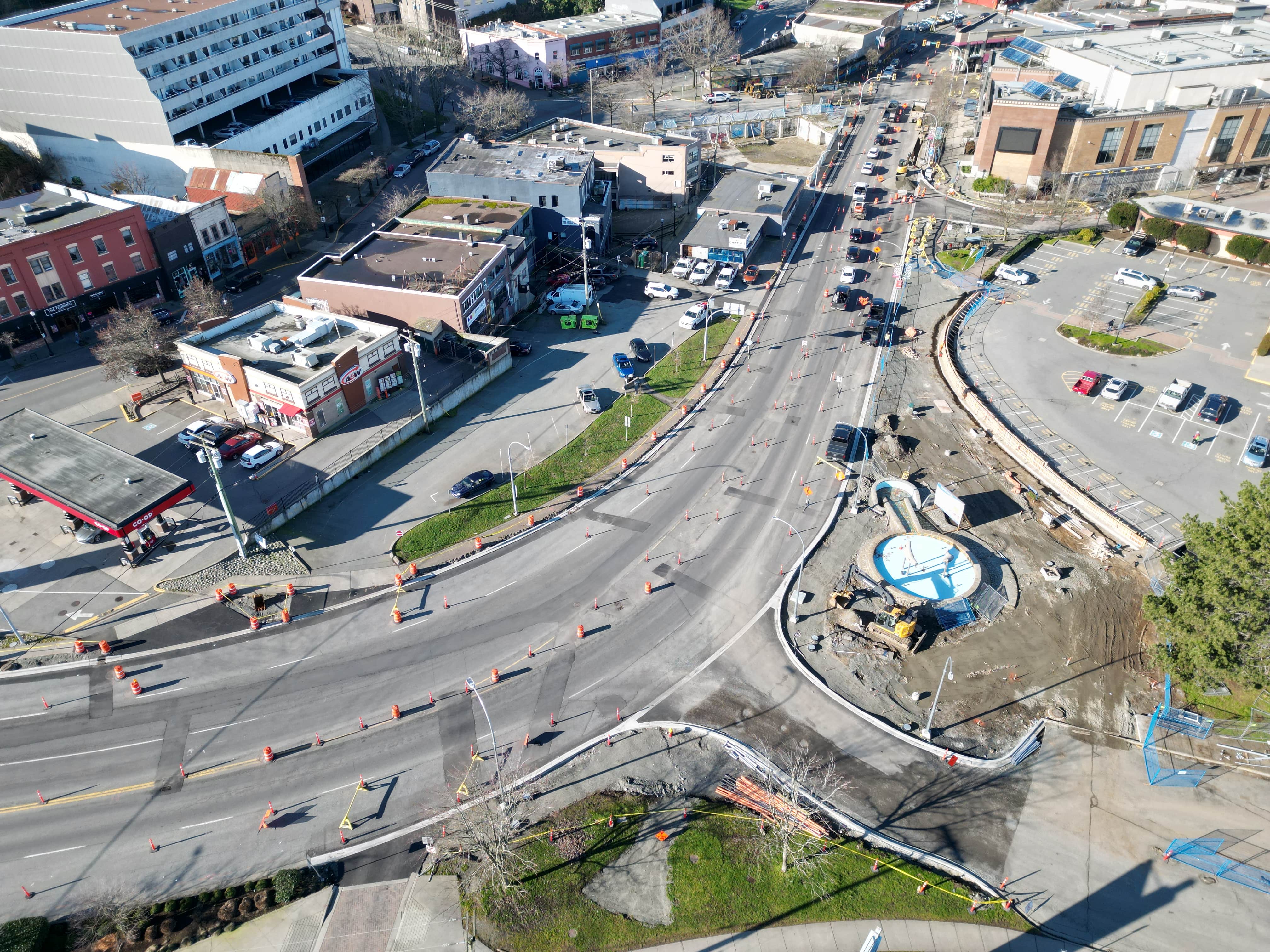


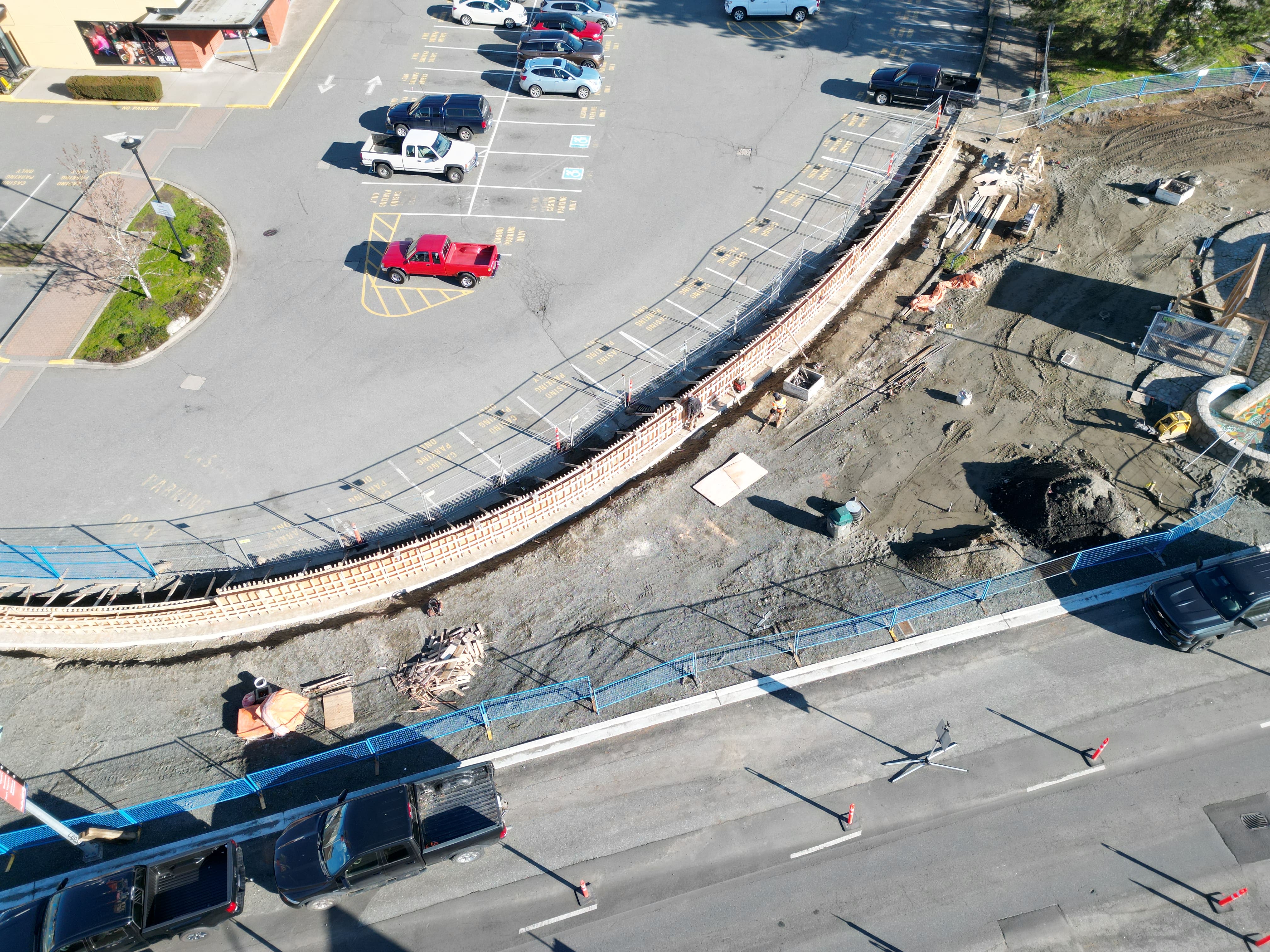
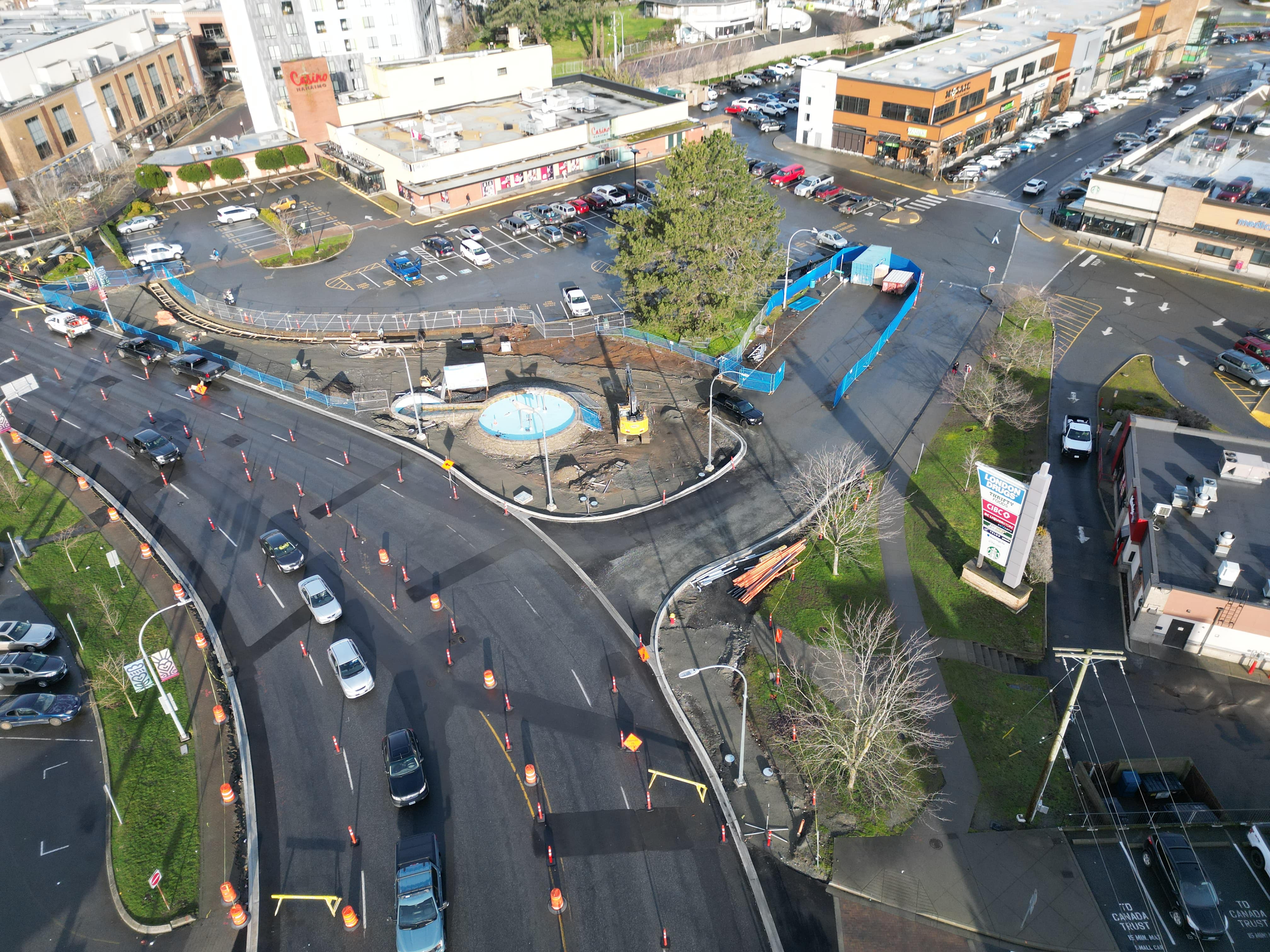

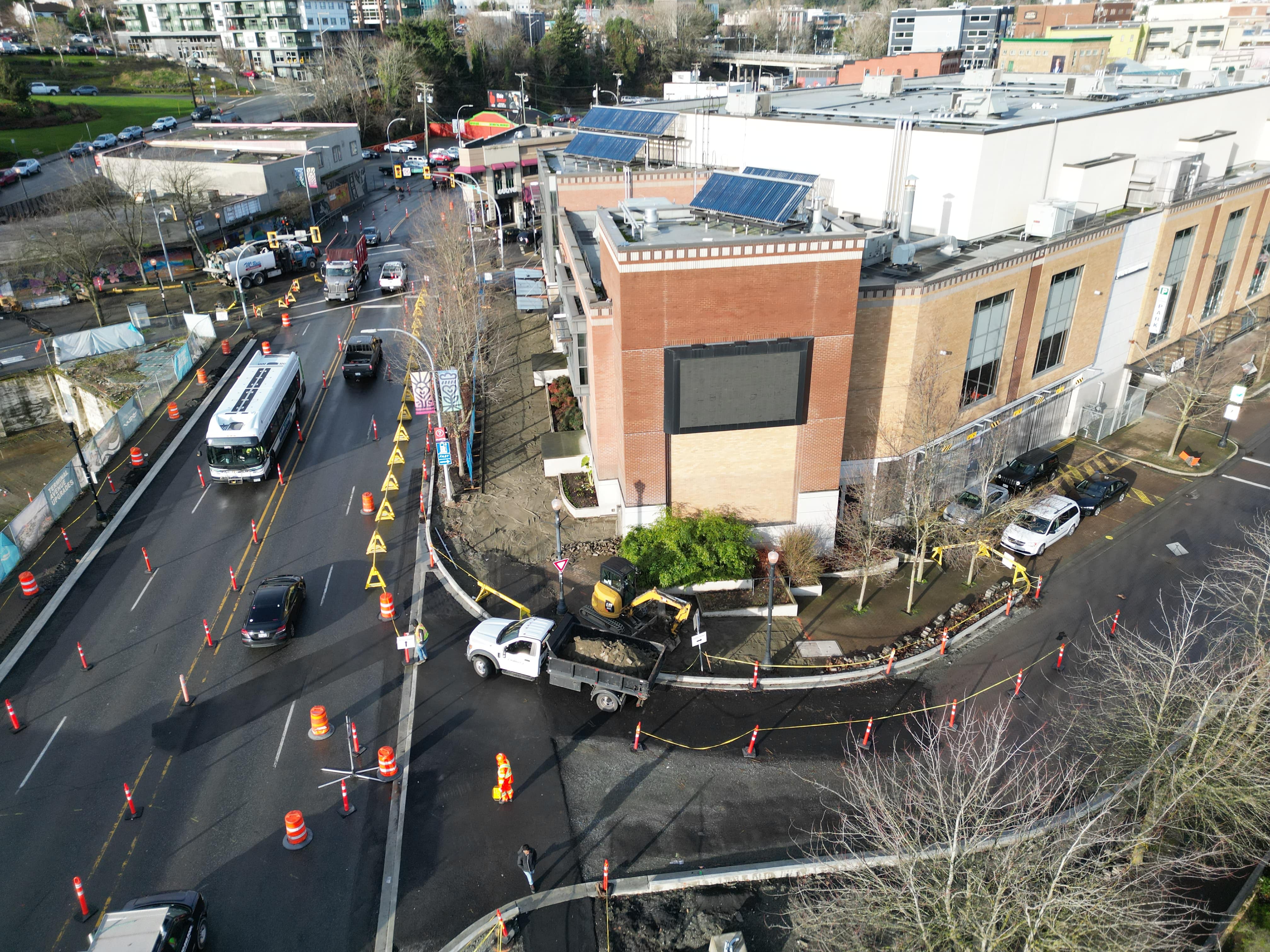
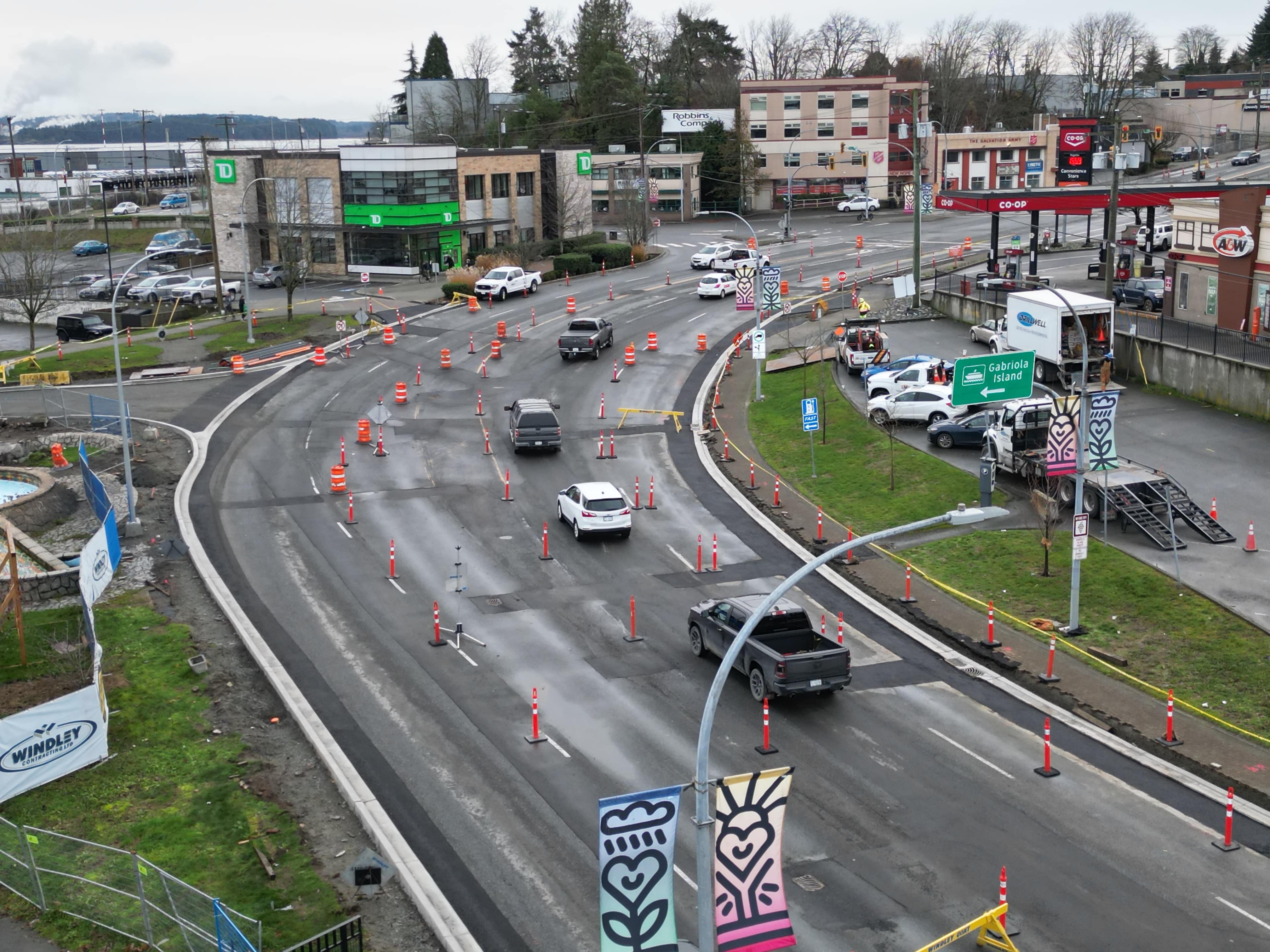
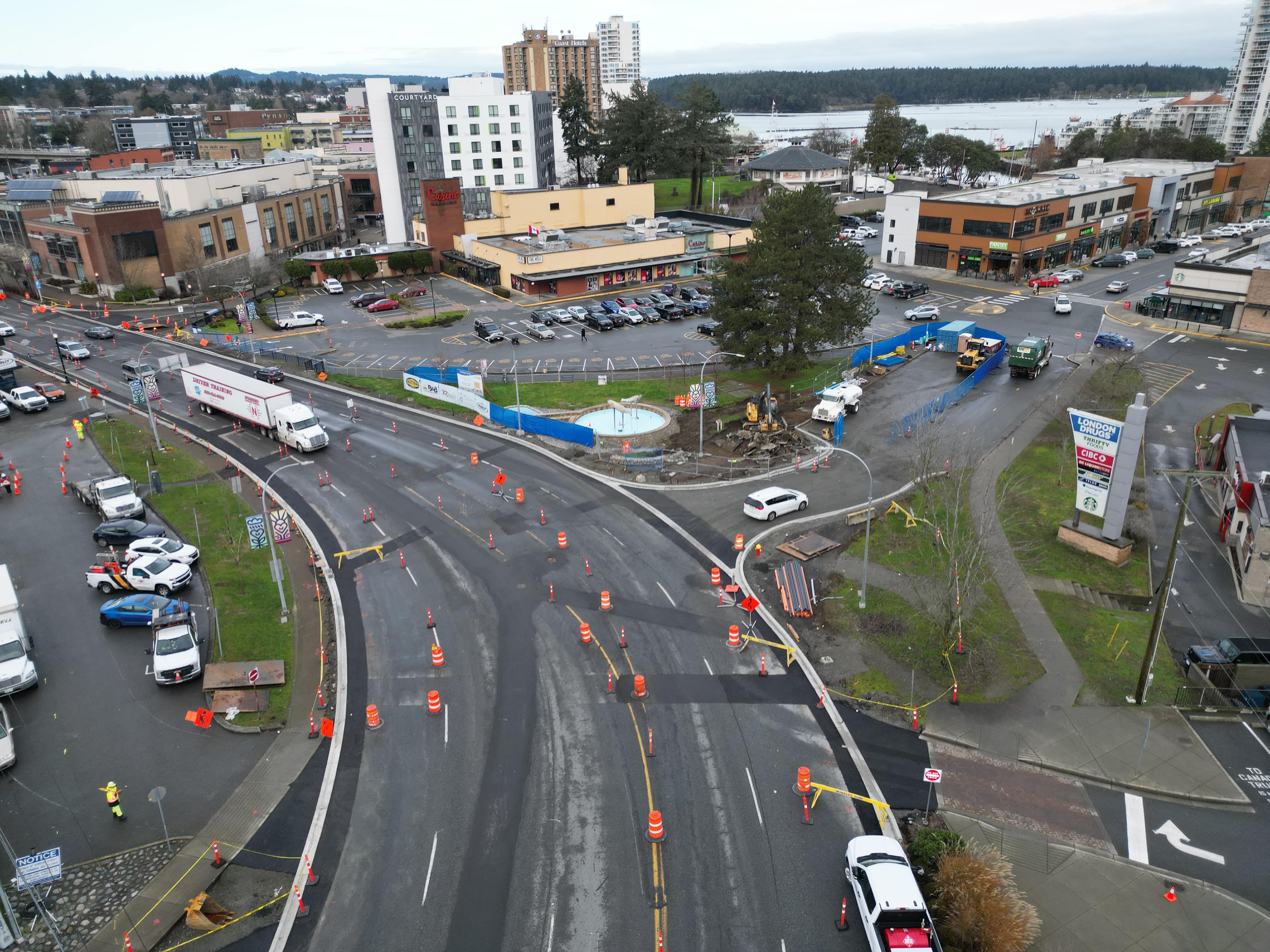
Regarding the fears of traffic congestion akin to the Colwood crawl, it’s essential to consider the long-term vision behind these changes. Enhanced public transit options and more efficient traffic management strategies are integral parts of this vision (Strong Towns Nanaimo). The goal is not to eliminate cars but to provide viable alternatives that can ease overall traffic and make downtown more accessible. All cities evolve, and Nanaimo is no exception. With that evolution comes the need to adapt our infrastructure to meet modern demands. With population increase in cities, transportation demands increase - more people need to move through the same area. In the early stages of a city, it’s possible to do this via an inefficient manner like the personal automobile, but beyond a certain point, this inefficiency makes itself known in the form of traffic jams. The simple (though not easy) solution to the seemingly-impossible issue of traffic is to get people out of cars, and into more efficient modes of transport - transit, bikes, and walking. The reason this solution is simple but not easy is that simply funding these alternate modes of transportation is not enough. This is due to two factors: the Tragedy of the Commons and Induced Demand. The Tragedy of the Commons is well summed-up in the satirical article by The Onion: 98 Percent Of U.S. Commuters Favor Public Transportation For Others.
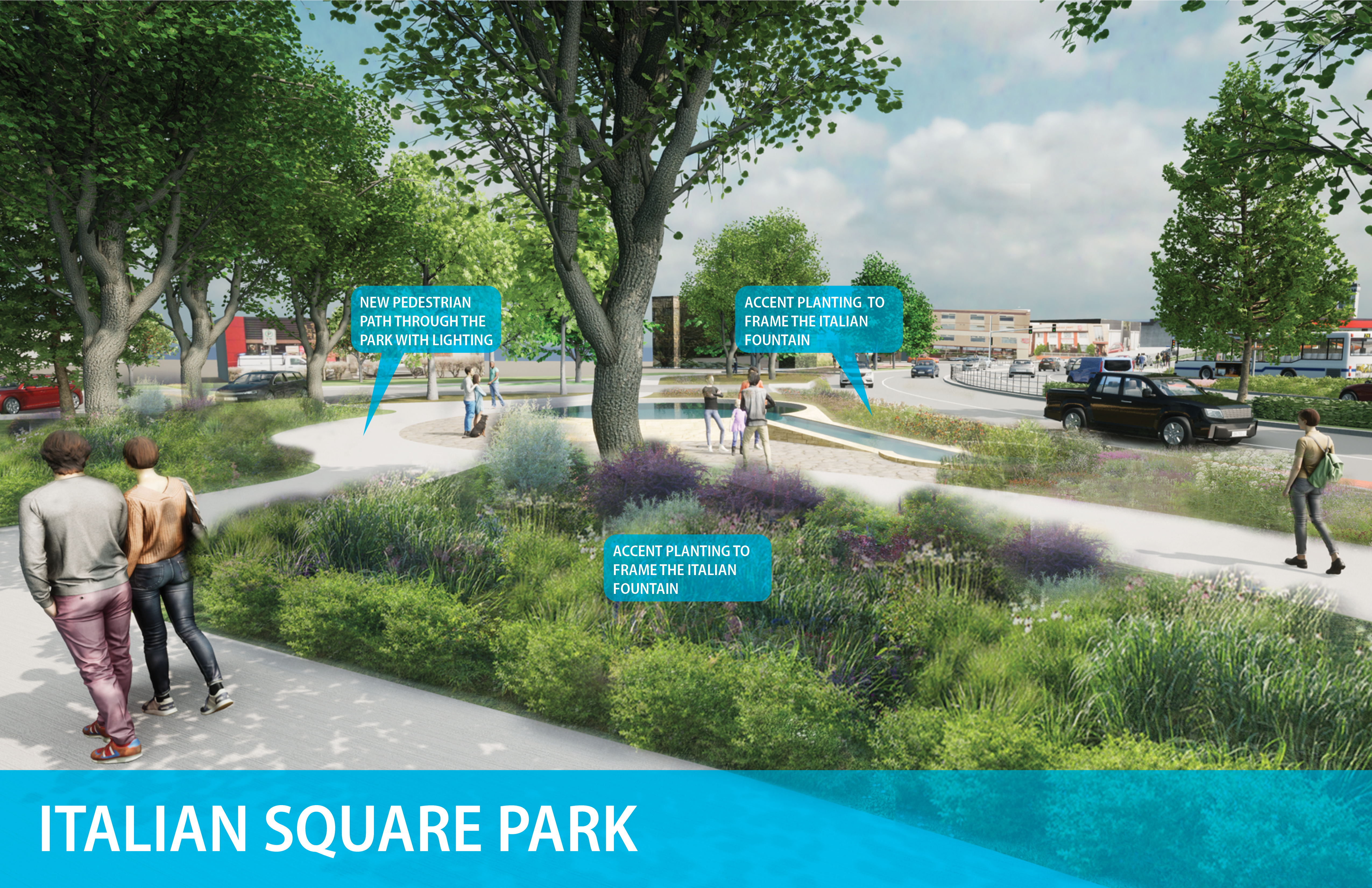 A Rendering Of Italian Square Park Downtown Featuring Improved Foliage And A Functional Fountain (City Of Nanaimo)
A Rendering Of Italian Square Park Downtown Featuring Improved Foliage And A Functional Fountain (City Of Nanaimo)
Driving a car has many personal benefits to it, primarily comfort and a sense of control and safety. And while these personal benefits in a vacuum could outweigh the personal detriment such as dramatically increased cost (it costs around $10,000 a year to have a personal automobile) and harm to one’s physical and mental health (when you drive everywhere you tend to be much more sedentary and have less time in nature and around other people), the decision to drive does not happen in a vacuum. The greatest issue with car use (and car-based infrastructure) is the public harm they cause. Collisions are fatal or life-changing. Their emissions are destroying our planet. They’re loud enough to cause permanent hearing loss. Their emissions cause asthma. They take up an ungodly amount of space, demanding valuable real estate for their storage and pushing everything further apart. They are the definition of traffic. They just make a mess of the place, in short. All of these issues are experienced by people outside the car - people cycling, walking, or taking public transit. And when people experience these car hazards while using alternate modes of transport, it makes driving seem much more attractive, and so we end up with fewer people using alternate modes of transport. Less demand leads to less funding, making these modes even more poorly used. It’s a vicious cycle and something of a standoff or arms race on our roads - “I’d drive less if the roads weren’t so noisy and stinky and scary to walk down. I just don’t feel safe or comfortable outside of my own SUV. Plus, everything is so far away and walking takes forever.”
 Houston’s Katy Freeway is the poster-child for the concept of induced demand. (Smiley N. Pool/Houston Chronicle
)
Houston’s Katy Freeway is the poster-child for the concept of induced demand. (Smiley N. Pool/Houston Chronicle
)
You know what the answer is already, but I’ll say it clearly: we need to make it safer and more comfortable to take other modes of transportation. What this means is that in order to get people out of cars and reclaim our streets for people, we need to make driving less convenient and desirable. While narrowing lanes is a crucial move to slow vehicles down for the sake of safety alone, it has an added benefit of making driving through what should be a primarily pedestrian-focused area less convenient. So, that’s the Tragedy of the Commons. What about Induced Demand? Induced Demand is a very old concept but unfortunately has seen very little awareness in the fields of city planning and traffic engineering. Induced Demand simple: “if you build it they will [use it].” This is how we have ended up with bumper-to-bumper traffic on a 26-lane highway (yes, this really exists, and it’s in Texas - see image on right). In short, almost everyone who has experienced traffic has wondered about solving it, assuming through no fault of their own that the solution needed to keep people in cars. So logically, they said “more lanes! Then more cars can move!” They built the lane and traffic moved faster for about one month. Then traffic came back. Rinse and repeat.
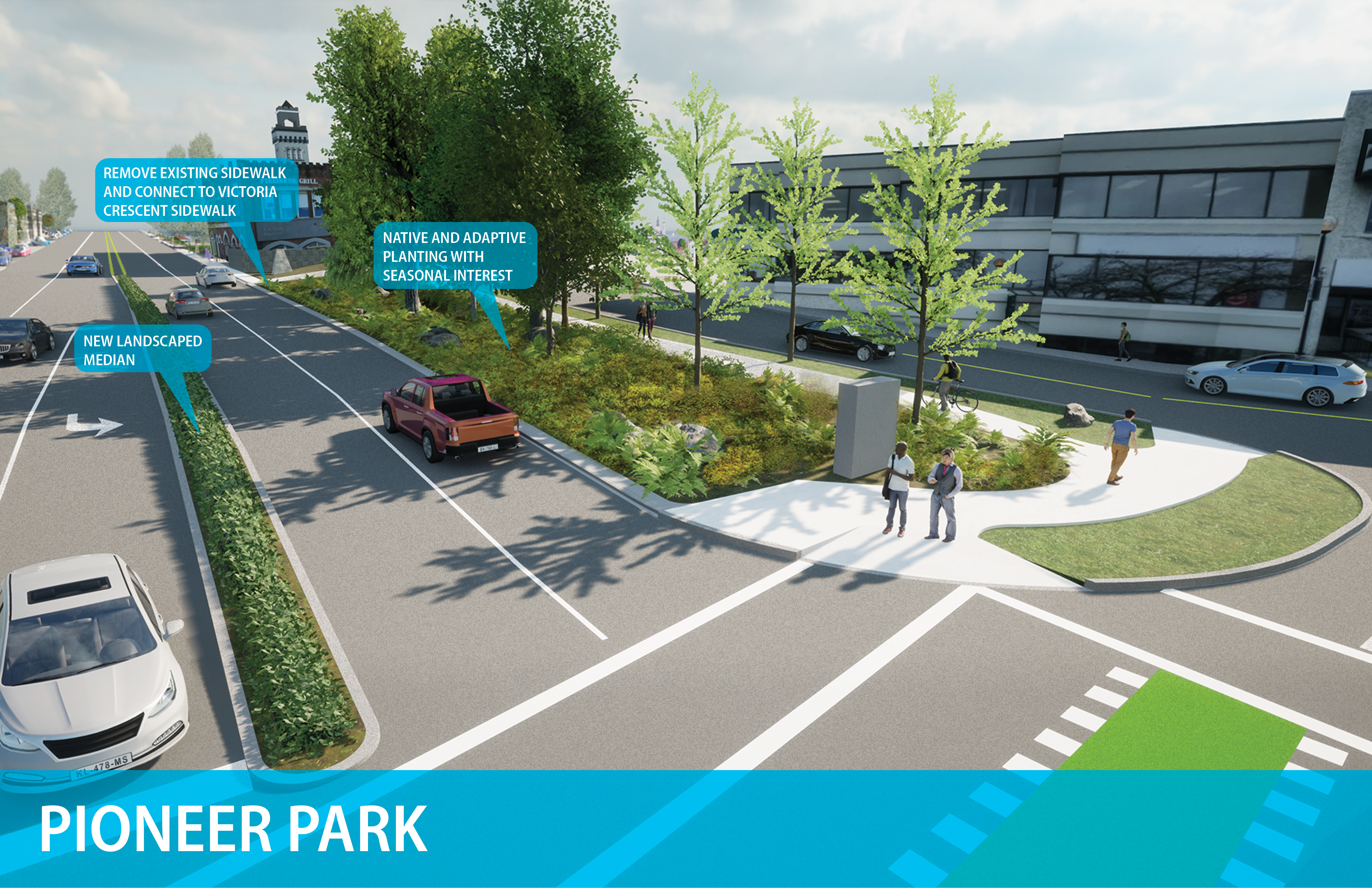 Rendering Of Pioneer Park After Construction Concludes Later This Year (City Of Nanaimo)
Rendering Of Pioneer Park After Construction Concludes Later This Year (City Of Nanaimo)
Why? Well, remember above how I spoke about how convenient and comfortable driving seems to be? Many people were avoiding driving because of the traffic. But when traffic disappeared, their reason for not driving did as well. Unfortunately, there is no number of lanes that will solve this issue, simply due to the wild inefficiency of moving a single person in a 2-ton hunk of metal that’s the size of a small office. Luckily for us, Induced Demand also works the opposite way, as I describe above. If driving becomes less convenient, fewer people will do it, provided the alternatives exist, and our city will ultimately suffer from less of the public harm that the personal automobile does. The author of the op-ed in the News Bulletin seems to believe that slowing people in vehicles down when passing through our business district will somehow result in a zombie apocalypse, but we (and the evidence) couldn’t disagree more. The recent filming that depicted downtown with tumbleweeds and broken windows is a temporary, fictional scenario, not a reflection of our city’s potential. Embracing a re-imagined Terminal Avenue means moving towards a more dynamic, inclusive, and prosperous future for Nanaimo. While it is crucial to address concerns and ensure that all voices are heard in this transformation, it is equally important to recognize the benefits of creating a safer, more livable downtown. By fostering a community-centric approach to urban planning, we can make downtown Nanaimo a place where businesses thrive, residents feel safe, and everyone can enjoy a high quality of life. The concerns of the op-ed writer highlight the need for continuous dialogue, but it’s crucial to look at the broader picture and long-term benefits these changes can bring to our community. Let’s work together to create a downtown that we can all be proud of.








